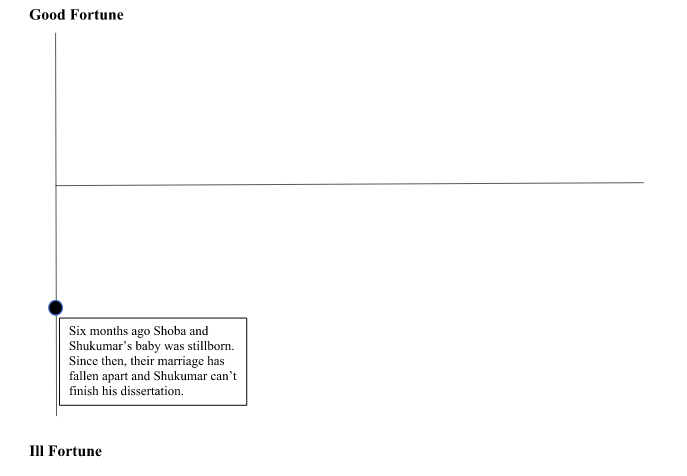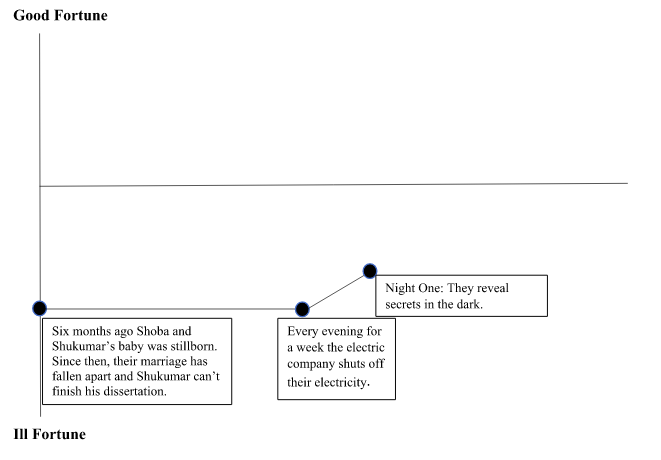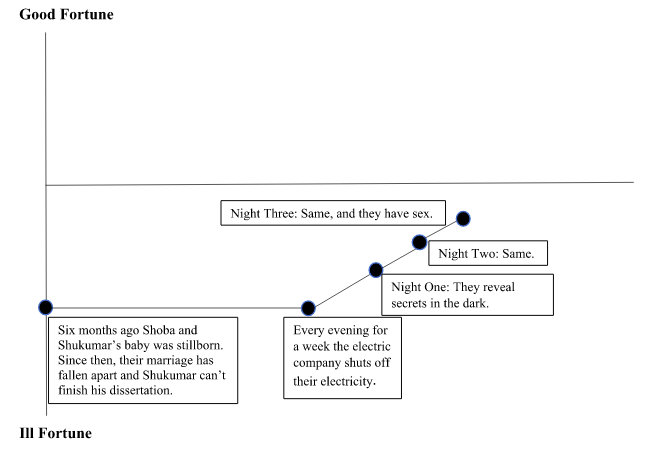How Ambiguous Endings Lure Us In
Ambiguity in fiction, when done well, is not an escape hatch for the noncommittal writer. It’s an articulation of something otherwise impossible to articulate.
magic
that’s
because


On the second night, the secrets they share are a little deeper, a little more potent—she skipped out on dinner with his mother to grab a drink with a friend; he cheated on a college exam. They both seem relieved to make these admissions, and it feels like their intimacy is deepening. The pattern is repeated for a few nights. At one point, they even have sex, proof that we have, in fact, been building to something, as a glance at our graph would suggest:


Afsheen Farhadi's short fiction and essays have appeared in Ploughshares, The Southern Review, Colorado Review, Witness, The Rumpus, The Millions, Redivider, Vol. 1 Brooklyn, The Florida Review, and elsewhere. He has a PhD in creative writing from the University of Cincinnati, where he was a Provost Graduate Fellow, and is currently a Hughes Fellow in Creative Writing at Southern Methodist University.
Enter your email address to receive notifications for author Afsheen Farhadi
Success!
Confirmation link sent to your email to add you to notification list for author Afsheen Farhadi






